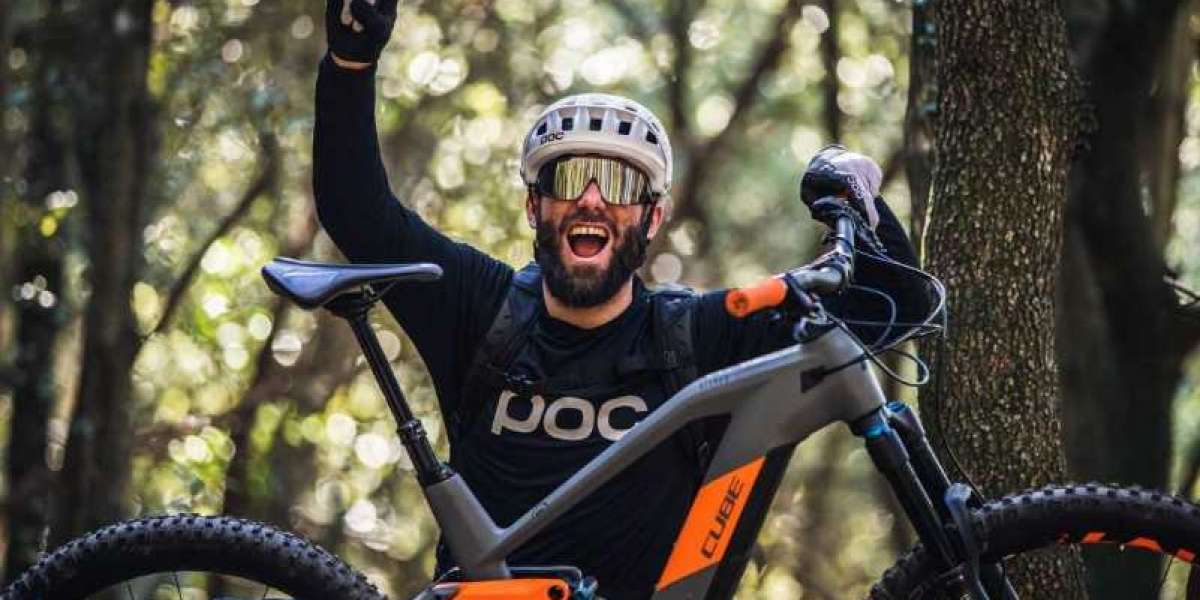History of the electric bikes is more than 120 years old - the first patent for such a device was registered in 1895 by Ogden Bolton and, taking Bolton's developments as a basis, various inventors offered more and more new models of bicycle hybrids. But e-bikes entered mass production only in 1992 - Vector Services Limited was the first company that decided to bet on it, and in 1997 several large manufacturers followed the suit.
So nowadays electric bikes are a fairly popular vehicle that’s allowing you to easily cover long distances, even with difficult sections of the path. Its environmental friendliness made it even more popular in the USA and Europe, although it received the greatest distribution in China. And in most countries you even don’t need a license to ride an e-bike - it’s enough to be 18 years old.

And you can easily find yourself an e-bike that’ll fit you, no matter what your own complexion is and what your needs are. For example, you can find out the details on choosing an e-bike if you’re big or heavy in an article written by Stevie Owen for iTechCluster. While we’ll tell you some more about the basic rules of choosing an e-bike in general.
How to choose an e-bike for yourself?
In the course of the history of e-bikes, inventors had to solve several problems at once. Bicycles had to be not only powerful enough to provide an easy ride, but also well balanced to be comfortable. And only 4 main types of drives have survived to this day:
- Electric motor-wheels.
- Pedal hub e-motors.
- External chain drive motors.
- External roller drive motors.
The most common and popular ones are motor-wheels and pedal hub e-motors. And that’s the main thing to choose while picking an e-bike for yourself. E-bikes using pedal hub engines are expectantly more expensive due to its higher output efficiency. And e-bikes with motor-wheels are cheaper thus more widespread among manufacturers.

Carrying capacity
This determines the maximum weight of the cyclist that an electric bicycle can carry without lowering driving performance. If you are tall or heavy, the acceleration time will be higher and duration of the ride will be lower than the average. Commonly carrying capacity ranges from 110 to 130 kg, but some models can withstand 150 kilos and more.
Overall weight
The weight of modern electric bicycles is from 15 to 35 kg, depending on the geometry of the frame, power and accessories. There are also three-wheeled models, the weight of which reaches 40-45 kg. This is important to consider when choosing a model that will need to be moved manually in an elevator, up a staircase, or indoors.
Motor power
Motor power of a modern electric bike starts from 250 W and up to 10 kW. If you need a bicycle for daily riding, then you shouldn’t chase for motor power, because the higher this value, the more energy it consumes, and, accordingly, the lower will be the riding range. The optimal power value for today will be 300-500 watts. It’ll allow you to travel up to 70-110 kilometers on a single charge, depending on the driving mode.
Battery capacity
It is definitely not worth buying an e-bike with an outdated lead-acid battery. Li-Ion batteries are much lighter and have a capacity of 10 Ah. Moreover, they become cheaper over time and the future is definitely with these batteries. The service life of Li-Ion batteries, if those are used correctly, is at least 3-5 years.
Safety measures while riding an e-bike
Since an e-bike is the same bike, but with a motor, all safety precautions and traffic rules are very important.
- Give more attention to traffic. E-bike can easily accelerate to a speed of 20-25 kph very fast, and some models are capable of riding at 50 kph and more, so it’s literally vital to be attentive in the traffic at all costs.
- Make yourself more visible. To make sure that the road users see you, Hong Quan, founder of the Karmic Bikes, recommends equipping your bike with lights and a bell. And it's not just for drivers - you can be too fast for pedestrians or other cyclists who won't hear you approaching fast.
- Watch your speed. E-bikes can accelerate to very high speeds, but the higher it is, the more likely it is to crush into something. So learn your e-bike’s behaviour at various speeds before riding fast.
Of course, it’s important to wear a full set of a protective gear - the same equipment as for a classic bicycle will be more than enough to ensure your own safety in case of an accident.








